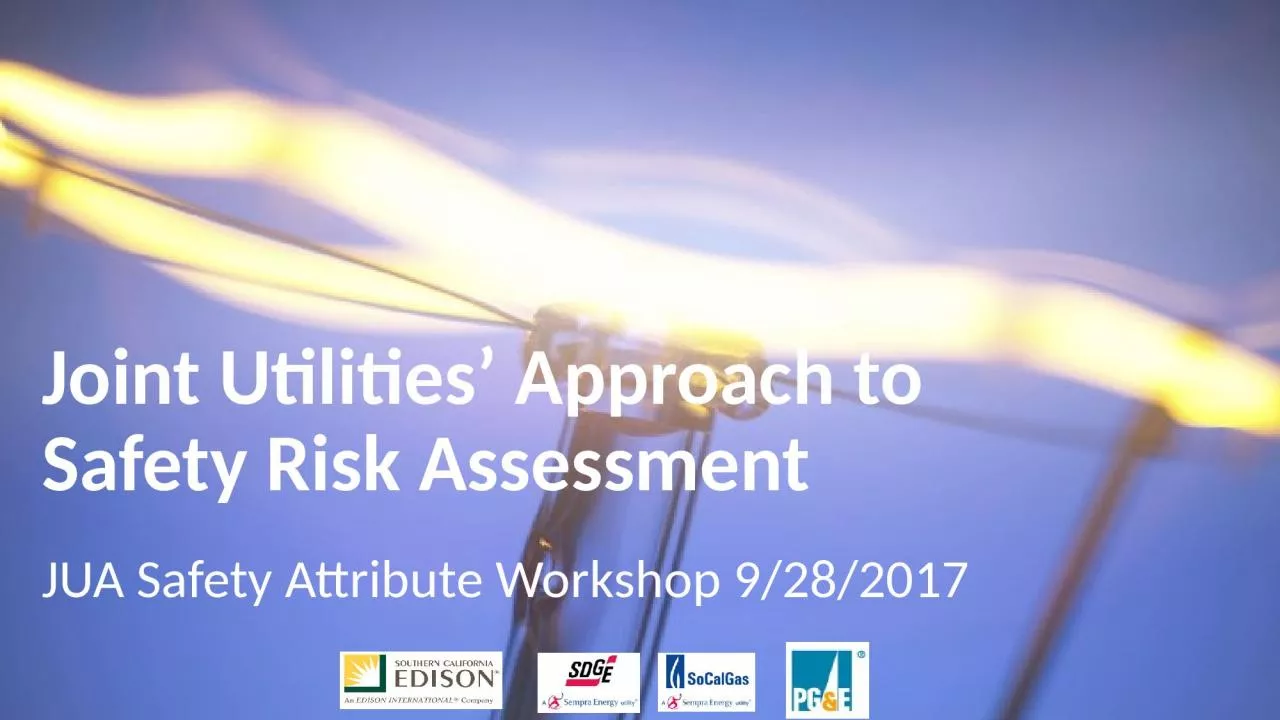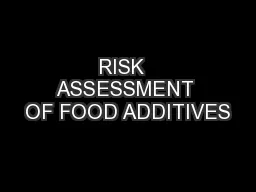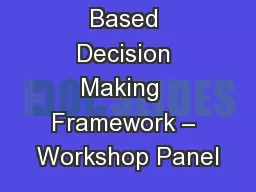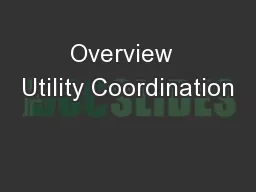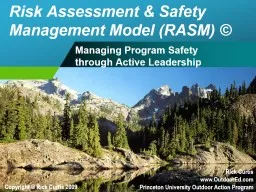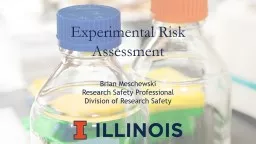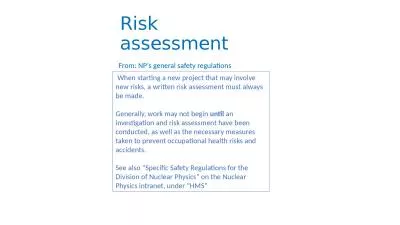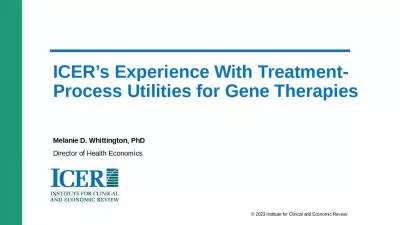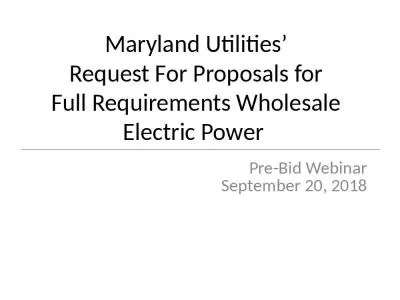PPT-Joint Utilities’ Approach to Safety Risk Assessment
Author : alis | Published Date : 2024-03-13
JUA Safety Attribute Workshop 9282017 Overview The Joint Utilities Approach JUA Methodology Timeline and Todays Goal Deep Dive Illustrative Example of Safety Risk
Presentation Embed Code
Download Presentation
Download Presentation The PPT/PDF document "Joint Utilities’ Approach to Safety Ri..." is the property of its rightful owner. Permission is granted to download and print the materials on this website for personal, non-commercial use only, and to display it on your personal computer provided you do not modify the materials and that you retain all copyright notices contained in the materials. By downloading content from our website, you accept the terms of this agreement.
Joint Utilities’ Approach to Safety Risk Assessment: Transcript
Download Rules Of Document
"Joint Utilities’ Approach to Safety Risk Assessment"The content belongs to its owner. You may download and print it for personal use, without modification, and keep all copyright notices. By downloading, you agree to these terms.
Related Documents

